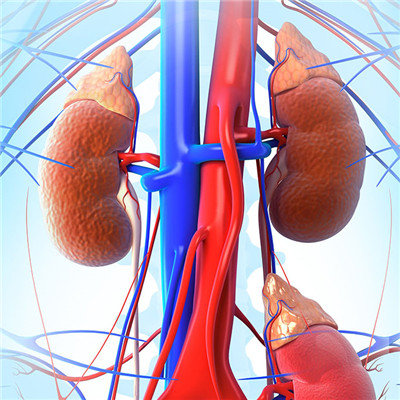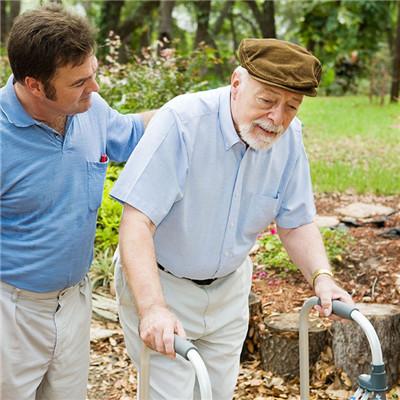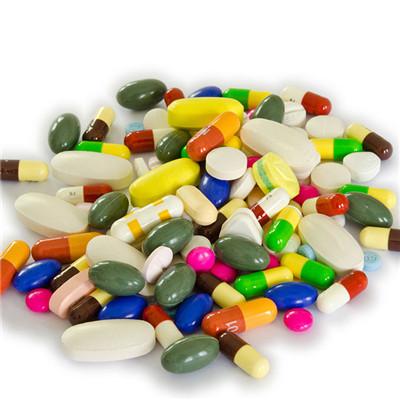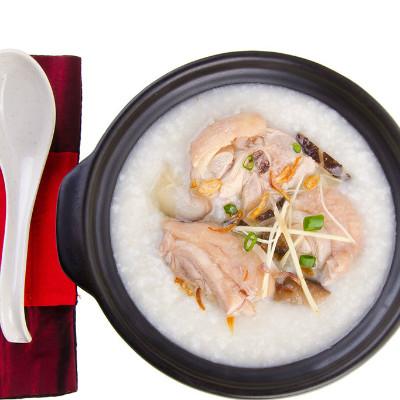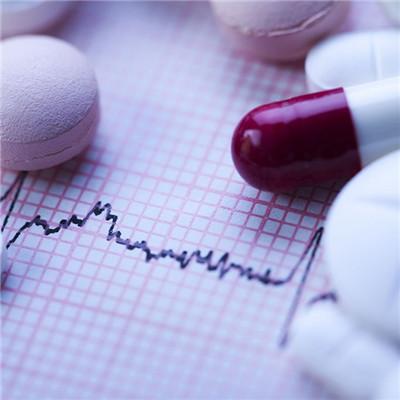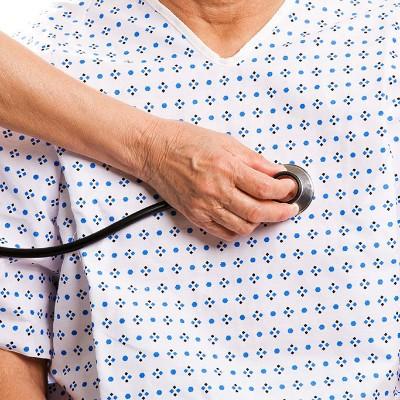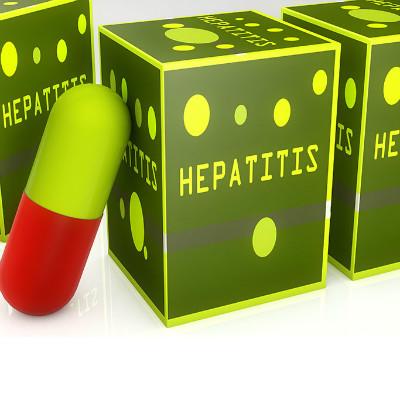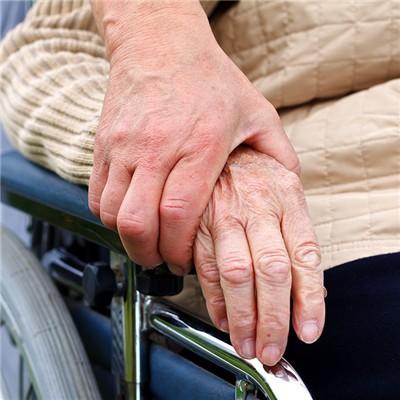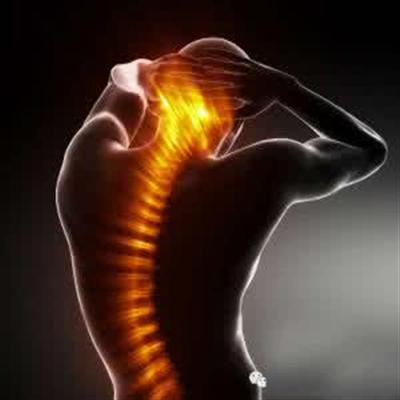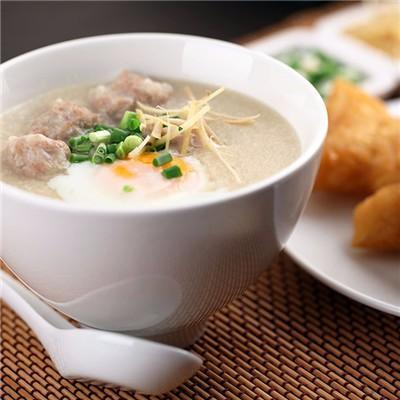The most effective treatment for Parkinson's disease
summary
Parkinson's disease, also known as tremor paralysis, is the most common degenerative disease of the central nervous system in the elderly. It got its name because a British doctor named Parkinson first described the symptoms, including dyskinesia, tremors and muscle stiffness. The most effective treatment for Parkinson's disease? Let's talk about it.
The most effective treatment for Parkinson's disease
One: drug treatment: in the early stage of the disease, drugs can improve the symptoms very well. The most commonly used and effective drug is levodopa preparation (trade name is Madopa or Xining). Since it was applied in clinical treatment in the 1960s, it has been the most core drug in clinical practice until now. Drugs must be taken for a long time. Once the treatment is stopped, the disease will recur. In the first few years, the effect of drug treatment is the best. Although most patients are still effective after long-term use, after long-term use, patients will feel that the effective time of drugs is shortened, and some patients will have "end of dose" phenomenon and "on-off" fluctuation. Drug treatment has certain limitations, usually after 3-5 years of treatment, the disease will become difficult to control, the side effects of drugs and their efficacy will be equal, patients feel that the ability of daily life is greatly limited.
Second: surgical treatment: there are mainly two ways of neuronuclear cell damage surgery (cell knife) and electrical stimulation surgery. The principle is to inhibit the abnormal activity of brain cells and achieve the purpose of improving symptoms. The former is to create a lesion about 3 mm in diameter on the abnormally active nucleus, while the latter is to implant stimulator to achieve similar damage effect through high-frequency electrical stimulation. There is no big difference between the two in terms of surgical operation technology. Both of them are to put the electrodes on the specific target of the brain nucleus, and then stimulate or damage them. The biggest disadvantage of nucleus cell damage surgery is that it is easy to relapse and irreversible, while electrical stimulation surgery is reversible and adjustable. The surgical treatment of Parkinson's disease in China is in a leading position in the world. In 1997, Professor Gao Guodong of the Fourth Military Medical University founded the "boundary positioning method", which won the second prize of national science and technology invention. This method directly improves the accuracy of surgery, reduces complications, and makes surgical treatment a real choice for patients with Parkinson's disease in the middle and late stages.
Third: separated brain pacemaker has two functions: transcranial magnetic stimulation and transcranial electrical stimulation. 1、 Transcranial magnetic stimulation (TMS) is the first time to treat epilepsy, Parkinson's disease, dystonia and other diseases by directly applying such a large dose of magnetic field to the human head. It is a major invention with milestone significance.
matters needing attention
It is generally believed that the key mechanism of acupuncture in the treatment of Parkinson's disease lies in the following aspects: ① it increases the level of dopamine in the brain, and has the effect of increasing other monoamine transmitters in the basal ganglia, which may be related to the regulation of acupuncture on the remaining neurons in the basal ganglia; ② in addition to the factors of nerve injury, acupuncture has the effect of improving the activity of antioxidant enzymes in patients with Parkinson's disease The free radical scavenging system can effectively remove free radicals, protect the body from excessive reactive oxygen species attack, reduce brain damage, and play a neuroprotective role in the treatment of Parkinson's disease; ③ reduce the amplitude and frequency of tremor muscle potential, so as to effectively improve Parkinson's disease It has been observed that acupuncture can temporarily improve the blood supply of the brain and make this effect continue. Whether acupuncture improves the activity of anti free radical enzyme or the blood flow in the brain, it is conducive to the repair of the diseased tissue.
